ARCHITECTURE OF THE WORLD – INFRASTRUCTURE, MOBILITY, NEW LADSCAPES – LA TRIENNALE – MILAN
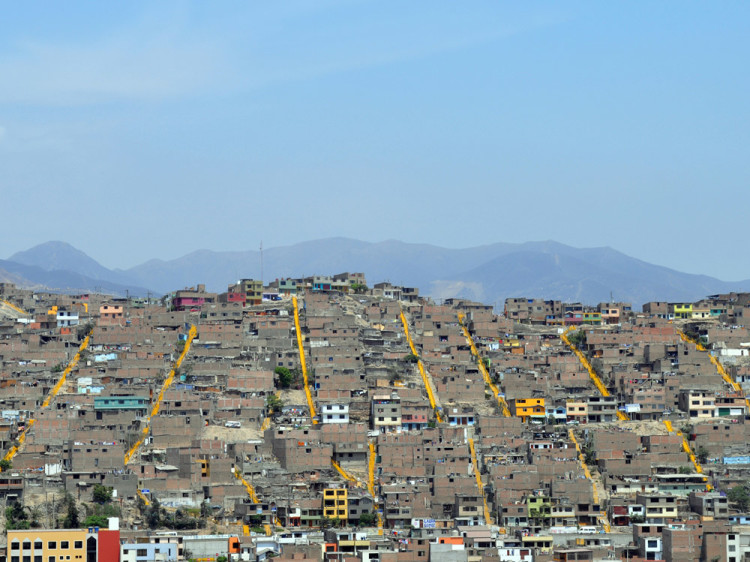
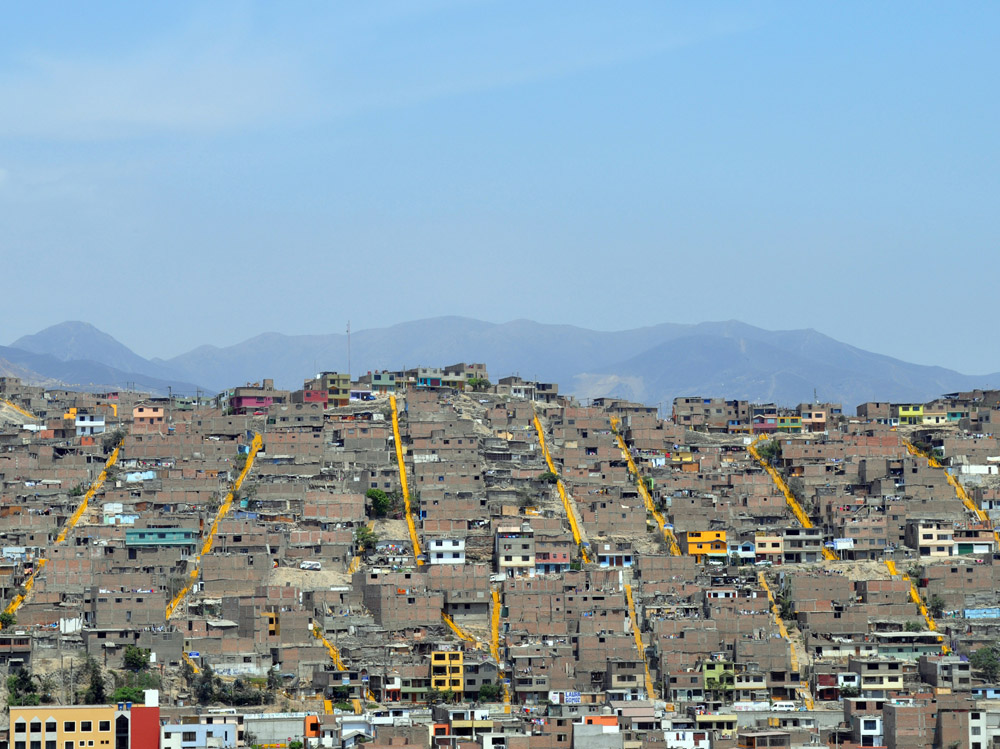
L’immagine fa parte di una serie di 45 report su altrettante città del mondo, svolti prevalentemente da giovani architetti italiani che lavorano all’estero, e da alcuni architetti stranieri, ma di formazione italiana, volti a descrivere i cambiamenti più recenti nel mondo delle infrastrutture.
Architecture of the World.
Infrastructure, Mobility, New Landscapes
9 October 2012 – 10 February 2013
Curated by Alberto Ferlenga
La Triennale – Milan (Italy)
The exhibition devoted to infrastructure, which will be opening on 9 November at La Triennale di Milano, is entitled: Architecture of the World. Infrastructure, Mobility, New Landscapes. The title refers explicitly to those works, such as roads, railways and airports, that most give shape to the world and that enable it to function, and it examines how they relate to changing uses and habits and to an increasingly endangered environment.
The exhibition consists of four sections of which one, on history, will constitute an element of continuity throughout the visit. The other three, which come one after the other, will show works and projects made outside of Italy, what has been built or is currently under way in Italy and, lastly, what is beginning to appear as a planet-wide geographical picture of large new infrastructural works.
1. The historical section will look at the twentieth century, with famous works like Le Corbusier’s designs for Algiers and Chandigarh, those by Saarinen for the Helsinki station and Poelzig’s for the Klingerberg dam. But there are also cases that, still today, can act as models for their ability to create public space and environmental value. These include the Moscow metro system, Plečnik’s arrangement of the riverside in Ljubljana and Rino Tami’s architectural project for the environmental insertion of the Ticino motorway. A special section will then examine large-scale Italian engineering projects, which became famous in Italy and abroad from the 1950s to the 1970s.
2. The section devoted to recent works made outside of Italy is designed to provide an up-to-date overview of works, divided by category. Some of these may constitute examples for how Italy can make up for the time it has lost in recent years.
3. The section devoted to the situation in Italy intends to show what is being made or has just been completed, even though this is not without its gaps and contradictions. In particular, it examines some situations in which the relationship between infrastructures, architecture, art, landscape, and city has played a significant part in interesting new solutions, as in the cases of Reggio Emilia, Naples, Perugia, Venice and the works undertaken by FSI.
4. The scale changes dramatically in the last section of the exhibition. This looks at colossal works to defend against sand and wind, for water and power supplies for a truly “global” circulation. These operations have long been under way in Africa, China and South America, on the Bering and in Panama, and they have roots in the twentieth century, in historic operations like Herman Sörgel’s visionary Atlantropa project, which was to lower the level of the Mediterranean for agricultural and energy purposes, and Stalin’s operations in Russia and those of the New Deal in America.
Along the way, visitors will also come across special analyses, such as the video presentation of 45 reports on as many cities around the world. These are presented by young architects and researchers who live and work, or who have lived and studied abroad, even though their educational background was in Italy. They will be giving their point of view concerning the main operations under way in the infrastructure sector in the world’s major cities. And there will be space also for the theme of the permeability of infrastructures and a new map of their extension at the global level.
Finally, although the general theme of this exhibition is that of infrastructure, the real issue that is put to the attention of visitors is how careful design, based on architectural quality, multifunctionality and environmental compatibility, can give added value to these increasingly important features of the modern landscape. This has to do not only with the functions that gave rise to them, but also with the aesthetic, environmental and social improvements that can be made to the territories and cities of which they are a part.
La Triennale di Milano
Press Office: Antonella La Seta, Micol Biassoni, Marco Martello
Tel. +39 02 72434.205/247 F. +39 02 72434239 – press@triennale.org
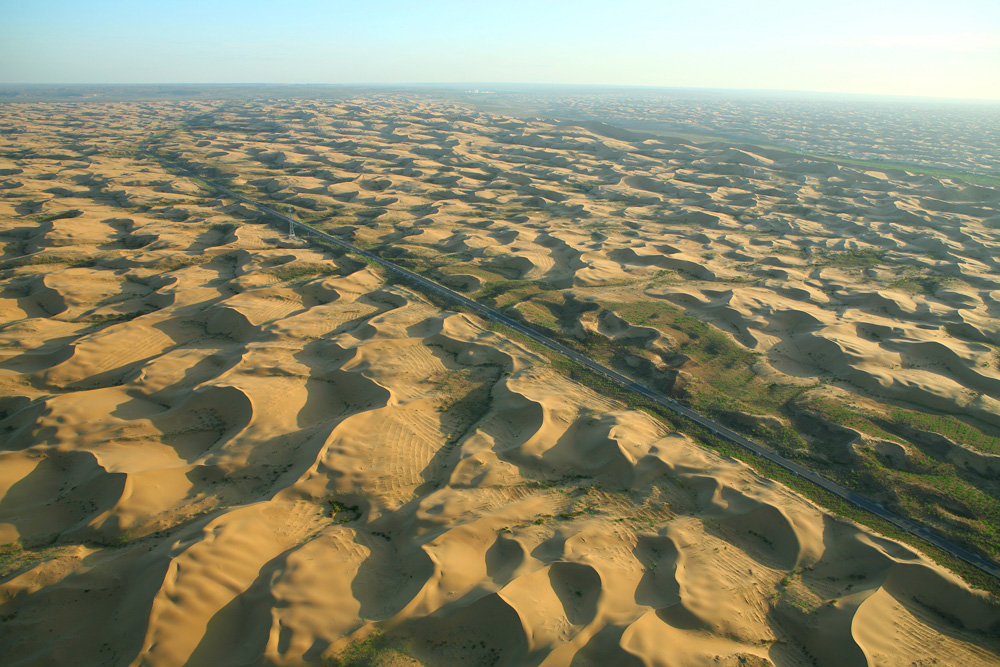
L’Architettura del mondo.
Infrastrutture, mobilità, nuovi paesaggi
9 ottobre 2012 – 10 febbraio 2013
A cura di Alberto Ferlenga
La mostra dedicata alle infrastrutture che si aprirà il 9 ottobre alla Triennale di Milano ha per titolo: L’Architettura del mondo. Infrastrutture,mobilità, nuovi paesaggi. Il titolo fa riferimento esplicito a quelle opere che, come strade, ferrovie, aeroporti, più contribuiscono a dar forma al mondo e ne permettono il funzionamento, e al loro rapporto con funzioni e abitudini che cambiano e con un ambiente sempre più in pericolo.
La mostra si compone di quattro sezioni di cui una, quella storica, rappresenterà un elemento di continuità del percorso e le altre tre, in successione, esporranno opere e progetti relativi a ciò che si produce al di fuori del nostro paese, a ciò che stato realizzato o è in corso d’opera in Italia e, infine, a ciò che inizia a presentarsi come un quadro geografico a scala globale al quale le nuove grandi infrastrutture si rapportano.
1. La sezione storica, che riguarderà il Novecento, presenterà opere note come i disegni di Le Corbusier per Algeri o Chandigarh, quelli di Saarinen per la stazione di Helsinki o di Poelzig per la diga di Klingerberg, ma anche casi che, ancora oggi, possono costituire un esempio per la capacità di creare spazio pubblico e valore ambientale, come il metro di Mosca, la sistemazione del lungofiume di Lubiana di Plecnik o il progetto architettonico di Rino Tami per l’inserimento ambientale dell’autostrada del Ticino.
Una sezione apposita riguarderà, poi, la grande ingegneria italiana così come si è fatta conoscere, in Italia e all’estero, tra gli anni ’50 e i ’70.
2. La sezione dedicata ad opere recenti prodotte al di fuori del nostro paese si pone l’obiettivo di presentare un catalogo aggiornato di opere, suddivise per temi, alcune delle quali possono costituire un modello per chi come l’Italia deve recuperare un ritardo accumulato nel corso degli ultimi anni.
3. La sezione dedicata al panorama nazionale intende dar conto di quanto, pur con discontinuità e contraddizioni, è in corso d’opera o è da poco stato realizzato mettendo in luce, in particolare, alcune situazioni in cui il rapporto tra infrastrutture, architettura, arte, paesaggio, città, ha assunto un ruolo particolare sviluppando esiti interessanti e inediti come testimoniano i casi di Reggio Emilia, Napoli, Perugia, Venezia o le opere intraprese da FSI.
4. Cambia drasticamente la scala dello scenario nell’ultima sezione della mostra in cui oggetto dell’attenzione sono colossali opere a difesa delle sabbie o del vento, destinate all’approvvigionamento idrico o energetico ad una circolazione “globale”. Operazioni già da tempo in atto in Africa, in Cina o in Sud America, a Bering o a Panama e che hanno i loro precedenti nel Novecento, in operazioni storiche come quelle prefigurate dall’Atlantropa di Herman Sörgel, che prevedeva l’abbassamento del livello del Mediterraneo a scopo agricolo e energetico, o le operazioni intraprese nella Russia di Stalin o nell’America del New Deal.
All’interno del percorso sarà, inoltre, possibile incontrare approfondimenti specifici come la presentazione in video di 45 report riguardanti altrettante città del mondo, presentati da giovani architetti e ricercatori che vivono e lavorano o hanno vissuto e studiato al di fuori del nostro paese pur essendo di formazione italiana e che racconteranno, dal loro punto di vista, le principali operazioni in atto. nel settore delle infrastrutture, nelle principali città del mondo. O come lo spazio dedicato al tema della permeabilità delle infrastrutture o alla nuova cartografia che rappresenta il loro estendersi a scala globale.
Per concludere, se il tema generale affrontato in questa mostra è quello delle infrastrutture, la questione vera che si intende porre all’attenzione dei visitatori è come una progettazione attenta, basata sulla qualità architettonica, sulla multi-funzionalità, sulla compatibilità ambientale, possa attribuire a questi sempre più importanti protagonisti dello scenario mondiale, un valore aggiunto che non ha più solo a che vedere con le funzioni che ne hanno determinato l’origine, ma con il miglioramento estetico, ambientale, sociale dei territori o delle città con cui entrano in contatto.
La Triennale di Milano
Ufficio stampa: Antonella La Seta, Micol Biassoni, Marco Martello
Tel. +39 02 72434.205/247 F. +39 02 72434239 – press@triennale.org

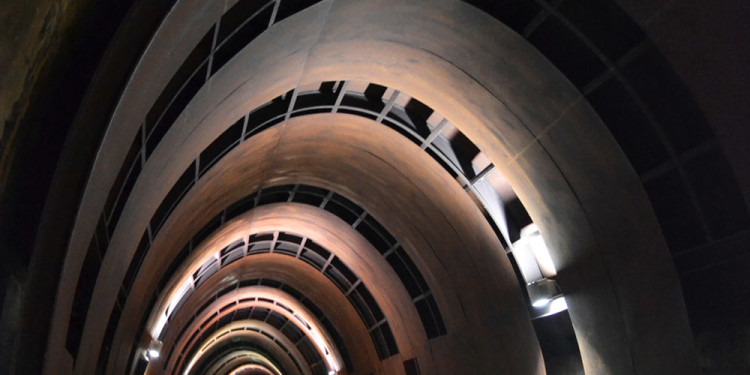
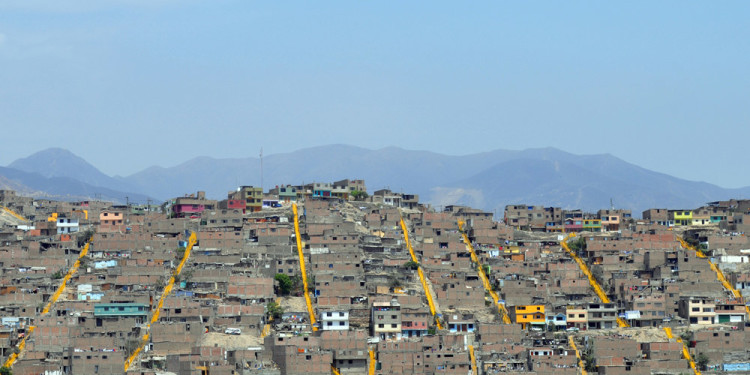
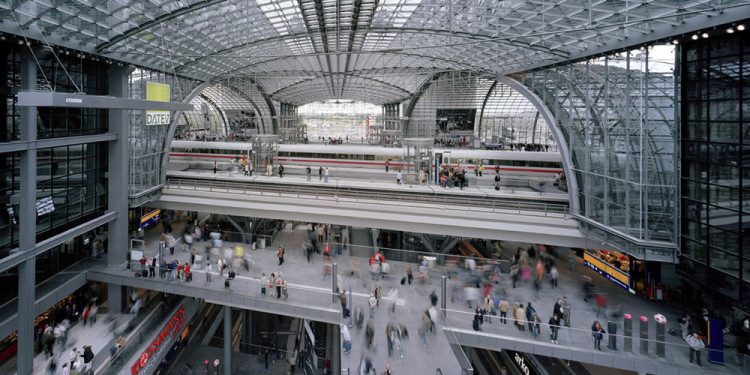
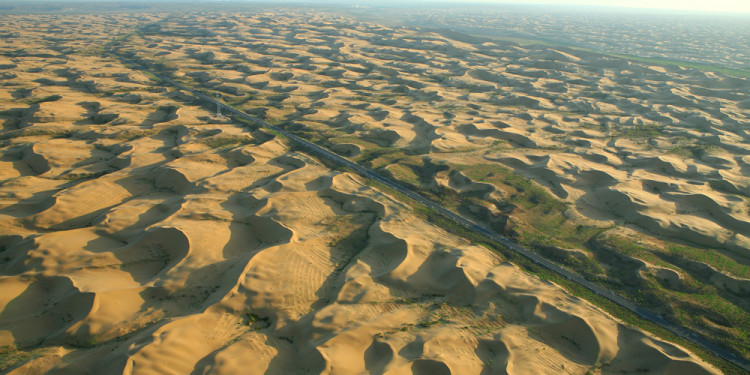
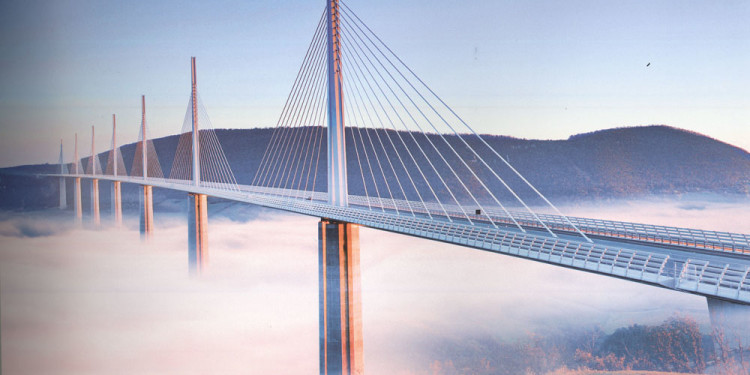
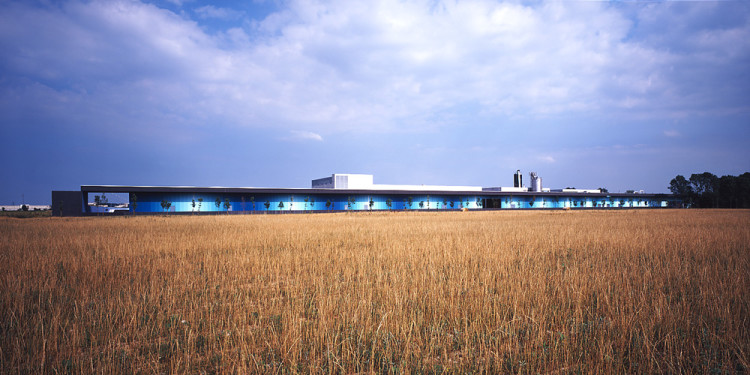
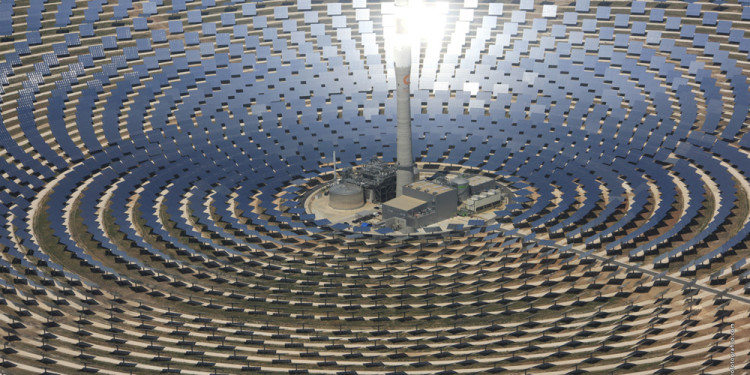
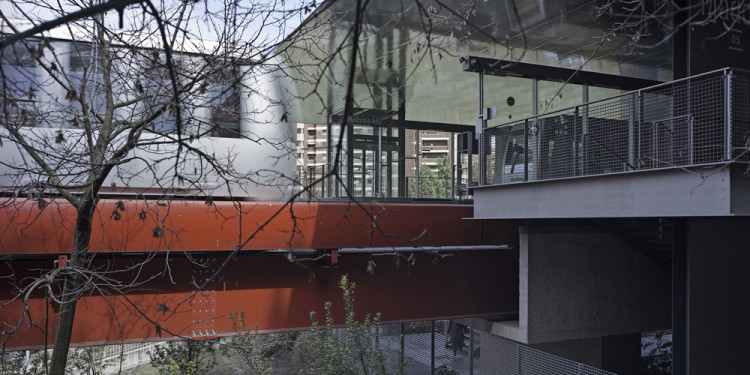
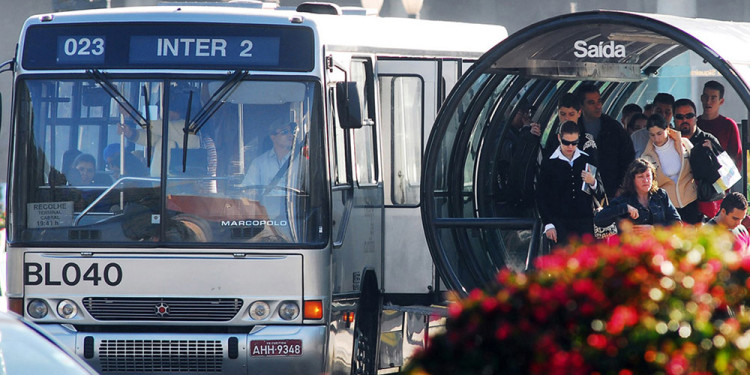
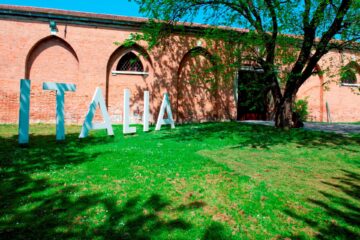

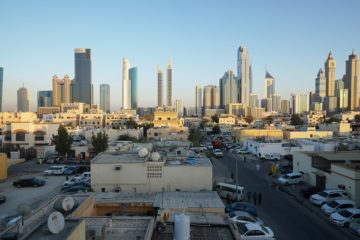
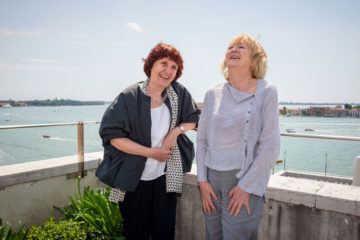

No Comment